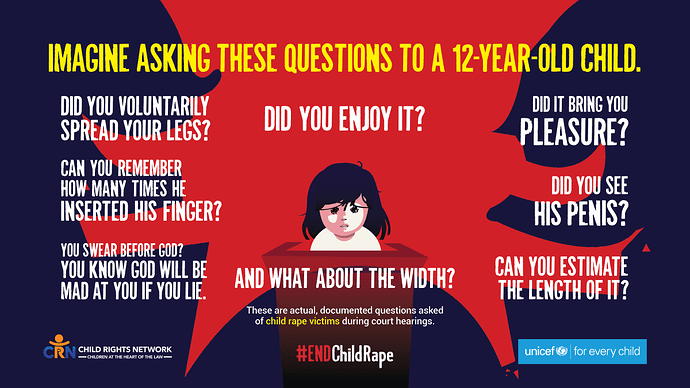https://digitalscholarship.unlv.edu/cgi/viewcontent.cgi?article=1066&context=award
Normally, pedophiles do not use force to have sex with a child (Murray, 2000). Instead, they tend to place themselves in a position where they can interact with a child in an unsupervised environment such as by being a babysitter, sports coach, or step-parent (Cohen & Galynker. 2002; Murray, 2000; Vandiver & Kercher, 2004). It is rare, but when force is applied in a sexual assault, approximately 70% of child victims do not know the offender (Cohen & Galynker, 2002)
Most of the child sexual abuses are committed by pedophiles (Seto, 2004). However, it is hard to determine exactly how common child sexual abuse is caused by pedophiles, because the diagnostic process of sex offers with child victims is often missing, as this was stated before (Seto, 2004). In addition, there is an issue in child sexual abuse reports. Cohen et al. (2002) found that only 1 in 20 cases of child sexual abuse is reported or identified. The research that was conducted by McConaghy (1998), approximately 17% to 31% of females and 7% to 16% of males experience unwanted sexual contact before the age of 18 (as cited in Hall & Hall, 2007). Based on these studies, child sexual abuse might often be underreported, and it is hard to determine the exact frequency of child sexual abuse. Thus, determining the exact frequency of child sexual abuse caused by pedophiles would be much harder.
From a more anatomical perspective, a study conducted with computed tomography showed an abnormality in temporal lobes in pedophiles, compared to non-pedophiles (Cohen et al., 2002). The function of the temporal lobe is especially important because it has been known that an abnormality in this area can lead to hypersexual or hypo-sexual behavior (Cohen et al… 2002). Research examined serotonin functions in the brains of pedophiles found impulse control disorders, such as OCD, to be common in pedophiles, and it is known that serotonin functions in the brain play an important role in these disorders (Maes et al., 2001a; Maes et al., 2001b). The study conducted that a serotonergie disturbance in pedophiles suggests pedophiles have impulse control problems more than the control group (Maes et al., 2001b).
These studies support a neurodevelopmental explanation for pedophilia. However, Blanchard et al. (2002) argue that associated environmental factors related to a predisposition for pedophilia should not be ruled out. The abused-abuser hypothesis proposes that sex offenders with child victims are disproportionally sexually abused when they were children, and those sexually abused experiences increase the risk of committing sexual offenses (Seto, 2004). However, the mechanism of this phenomenon is still unknown (Seto, 2004).
Aversion conditioning and masturbatory reconditioning that were designed to “fix” the sexual interest in children are applied as treatments (Hall & Hall, 2007). These techniques are also used in reorientation therapies for gay men (Hall & Hall, 2007), However. Drescher and Zucker showed the ineffectiveness of the techniques to change underlying sexual preference (as cited in Seto, 2012). The treatments were controversial, and currently, they are no longer used for pedophiles in legitimate treatment centers (Cohen & Galynker, 2002).
There is no treatment that can cure pedophilia, and available treatments have not shown any effectiveness without a pedophile’s willingness to engage in the treatments (Hall & Hall, 2007). The most effective treatment is believed to be the combination of pharmacotherapy and psychotherapy (Rösler & Witztum, 1998). A popular pharmacotherapy that is practiced is testosterone suppression, commonly referred to as chemical castration (Hall & Hall, 2007). Chemical castration is believed to be more beneficial than physical castration because follow-up visits, continuous monitoring, and psychiatric reevaluation are required (Rösler & Witztum, 1998). More importantly, unlike physical castration, it is reversible for health reasons (Rösler & Witztum, 1998). The treatment is known to work in 3 to 10 months by decreasing sexual desires, depending on how and what kind of chemical is applied (Rösler & Witztum, 1998).
However, even pedophiles who were given the combination treatment for a year still showed sexual interests in children, though they reported declined urges and declined frequency of masturbations (Schober et al., 2005). It is most likely that pedophile’s urges are manageable, but their sexual interest in children itself cannot be changed (Schober et al., 2005). Thus, current treatment focuses on preventing further offenses of pedophiles, rather than trying to alter pedophiles sexual interests in children (Hall & Hall, 2007).
What are your thoughts on this?
